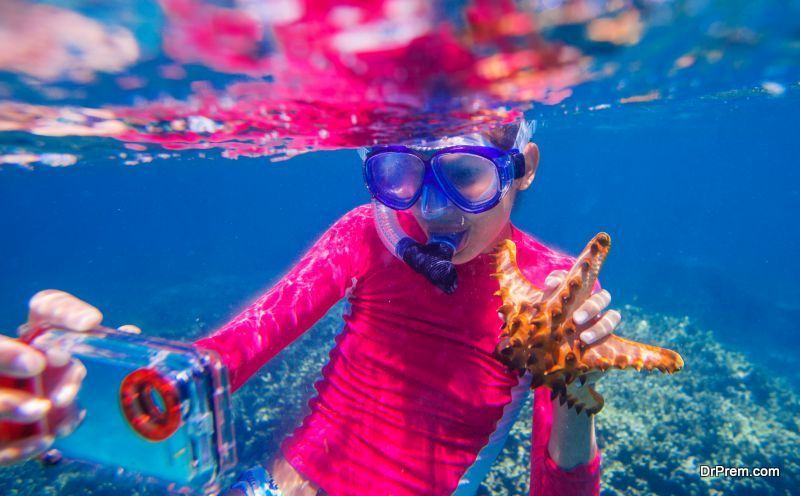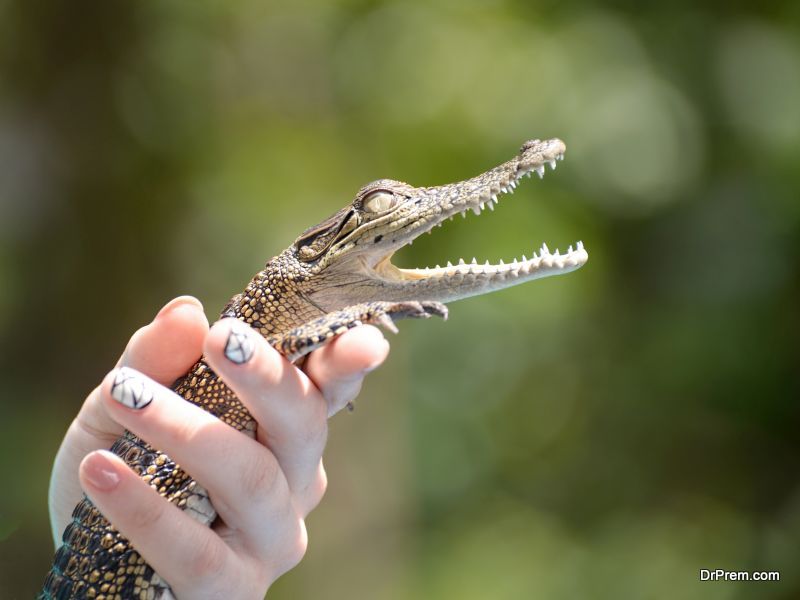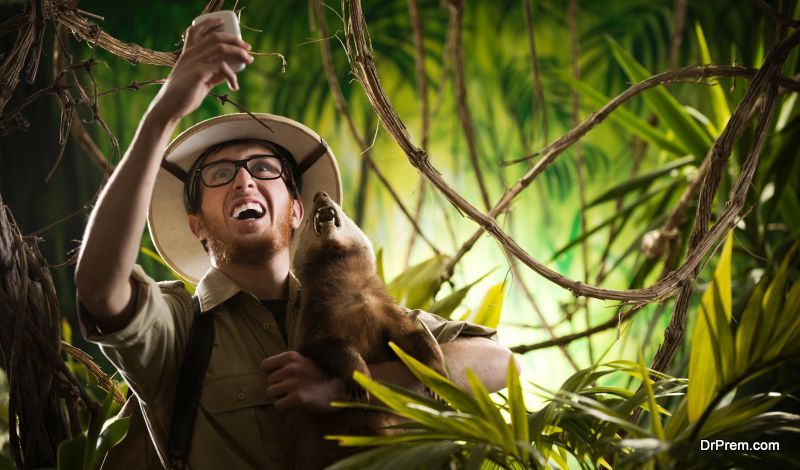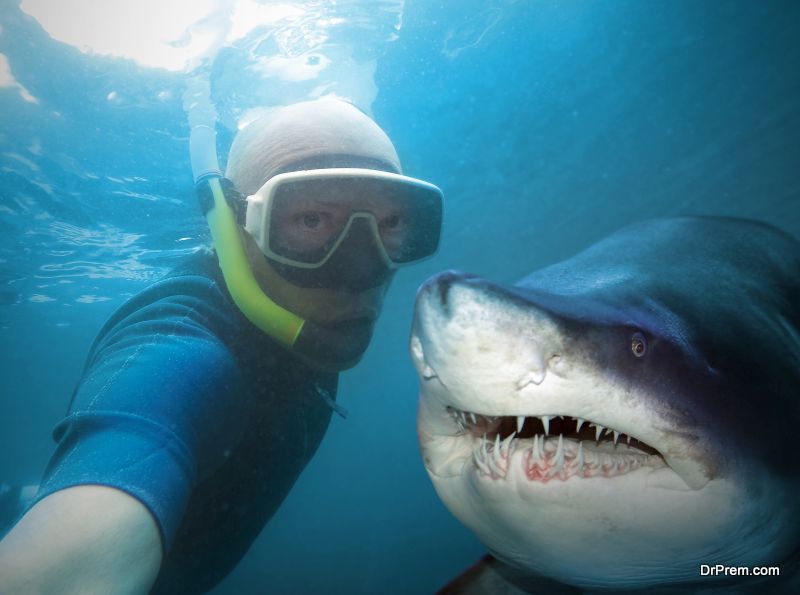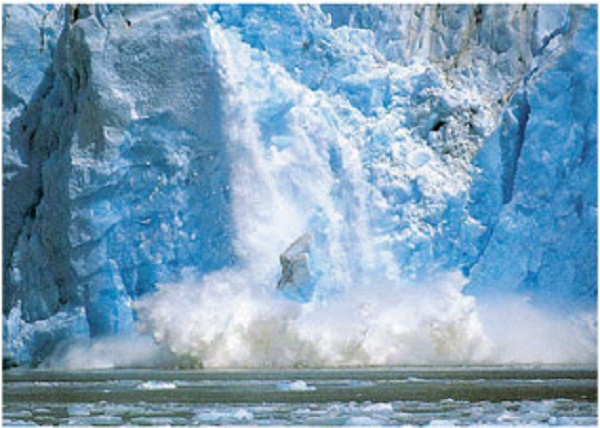The selfie craze has taken over the world, and now it seems it has started affecting the animal world as well. Many people while visiting tourist destinations to look at animals in their natural habitat, take selfies with wild animals, causing a lot of distress, and in some really terrible instances, leading to their death. To just post a few pictures on social media, tourists have become insensitive to the need of wild animals to be left alone. Animals suffer immensely when they are hugged and squeezed or taken out of water. Sloths, anacondas, dolphins and crocodiles suffer when they are used as selfie companions.
Organizations such as WAP -World Animal Protection have discovered that unscrupulous tour operators snatch wild animals, mostly illegally, injuring the animals in the process, in order to attract tourists.
Cruelty to animals
There have been many instances of wild animals being treated cruelly, while serving as selfie props. Sloths are tied to trees, Caiman crocodiles are restrained with rubber bands tied around the jaws, and toucans have been found to develop severe feet abscesses when they are in captivity.
Anacondas are dehydrated and wounded, and ocelots are kept in small, barren cages.
In Spain, hordes of people surrounded a baby dolphin for the opportunity to click selfies with the baby dolphin, which led to its death. A similar fate was that of another baby dolphin in Argentina, when tourists continued to play with the dolphin, even though it was squealing in agony and died from dehydration.
Selfie damage
While clicking selfies with animals, people are unaware of the damage they are causing to the animals. Creating wonderful memories of a vacation should not be at the cost of another living being’s life. A report by WAP has found an increase of 292% in wildlife selfies on Instagram from 2014 to 2017.
Investigations by WAP revealed that the trend of souvenir photos with animals and birds has led to babies being separated from their mothers and kept in horrible, filthy and cramped conditions. They are baited repeatedly with food, causing psychological trauma.
Some endangered animal species have even suffered the threat of extinction due to human interference.
Responsible photography
The camera, whether on your phone or the latest hi-tech equipment you possess can be an instrument of torture if not used properly. Tourists have to be mindful when they take selfies with wild animals. It’s when people blindly click photos, without thinking that they might be causing discomfort to the animals, or that because of their need to click selfies, wild animals are treated cruelly.
It’s important to conduct proper research before going on holiday. It is easy to get excited and say ‘yes’ when a tour operator gives the opportunity to click a photo with a crocodile, sloth, dolphin, anaconda etc. But everyone should think whether this would harm the animal or not.
There are ethical alternatives to harmful selfies, such as clicking the animals in their natural habitat, staying at a distance from them, and that they are not baited for food, or kept in enclosures.
Responsible posting
People post their wildlife selfies in social media such as Instagram. There is, however, a rising voice from followers who are against the posting of such selfies which are harmful to wild animals. This has led to people having to take down their wildlife selfies due to popular pressure. Posting these animal selfies are not ‘cool’ but actually displays a person’s ignorance and lack of sympathy.
The role of law enforcement
WAP is now calling on the relevant governments to enforce law, to ensure that tour and travel companies and others who have been exploiting animals in the name of tourism abide by existing laws.
How to click photos of wildlife in an ethical manner
Avoid hugging, holding and taking a selfie with any animal – you may be unknowingly hurting it.
Do not capture or chase or feed wild animals for selfies.
Avoid tour operators who say they can allow direct contact with animals.
By reporting any concern regarding the safety of wild animals you come across in your travels to online platforms, government agencies and social media, you would be contributing to the welfare of innocent animals.


